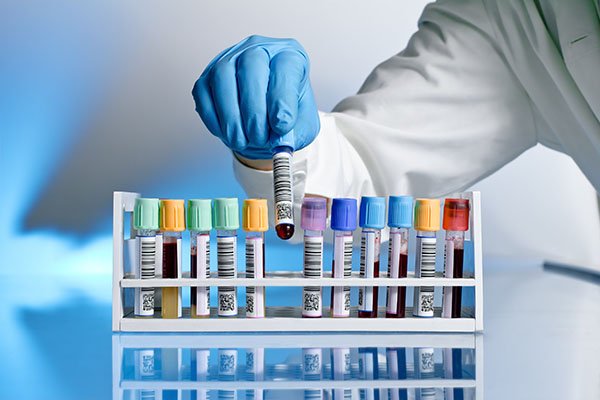Innovative Solutions for Hospital Supply and Equipment Management in the United States
Summary
- New equipment and supplies highlighted at the USCAP Annual Meeting offer innovative solutions for hospital supply and equipment management in the United States.
- Technological advancements and cutting-edge products showcased at the event aim to enhance efficiency and patient care in healthcare facilities.
- The focus on cost-effective solutions and sustainable practices signals a shift towards more strategic and informed decision-making in hospital Supply Chain management.
Introduction
The USCAP Annual Meeting serves as a premier platform for pathologists and laboratory professionals to explore the latest advancements in the field of pathology. In addition to scientific research and educational sessions, the event also showcases new equipment and supplies that can revolutionize hospital supply and equipment management in the United States. This article will highlight some of the innovative products and solutions that were featured at the USCAP Annual Meeting, with a focus on their potential impact on healthcare facilities across the country.
New Equipment and Supplies at the USCAP Annual Meeting
1. Automated Inventory Management Systems
One of the key highlights at the USCAP Annual Meeting was the introduction of advanced automated inventory management systems for hospitals. These systems utilize cutting-edge technology such as RFID tagging and barcode scanning to track and monitor supplies in real-time. By streamlining the inventory management process, hospitals can reduce waste, minimize stockouts, and improve overall efficiency in Supply Chain operations.
2. Point-Of-Care Testing Devices
Point-Of-Care Testing devices were another major focus at the event, with several companies unveiling portable and user-friendly diagnostic tools for healthcare professionals. These devices empower clinicians to perform on-the-spot testing and receive rapid results, leading to quicker decision-making and enhanced patient care. From Blood Glucose monitors to infectious disease test kits, these innovative solutions have the potential to revolutionize clinical practice in hospitals.
3. Sustainable and Eco-Friendly Supplies
With a growing emphasis on sustainability and environmental responsibility, many companies showcased eco-friendly supplies and equipment at the USCAP Annual Meeting. From biodegradable packaging materials to energy-efficient medical devices, these products are designed to minimize the ecological footprint of healthcare operations. By adopting these sustainable practices, hospitals can reduce waste, lower costs, and demonstrate their commitment to corporate social responsibility.
4. Telemedicine and Remote Monitoring Solutions
Telemedicine and remote monitoring solutions were also highlighted at the event, reflecting the increasing trend towards virtual care and remote patient management. By leveraging telecommunication technology and connected devices, Healthcare Providers can deliver quality care to patients outside of traditional clinical settings. These innovative solutions not only enhance accessibility and convenience for patients but also support efficient resource allocation and healthcare delivery for hospitals.
Conclusion
The USCAP Annual Meeting serves as a catalyst for innovation in hospital supply and equipment management, showcasing the latest advancements in technology, sustainability, and patient care. By embracing these new equipment and supplies, healthcare facilities in the United States can optimize their Supply Chain operations, improve clinical outcomes, and drive greater efficiency in healthcare delivery. With a strategic focus on cost-effective solutions and sustainable practices, the future of hospital supply and equipment management promises to be more informed, efficient, and patient-centered.

Disclaimer: The content provided on this blog is for informational purposes only, reflecting the personal opinions and insights of the author(s) on the topics. The information provided should not be used for diagnosing or treating a health problem or disease, and those seeking personal medical advice should consult with a licensed physician. Always seek the advice of your doctor or other qualified health provider regarding a medical condition. Never disregard professional medical advice or delay in seeking it because of something you have read on this website. If you think you may have a medical emergency, call 911 or go to the nearest emergency room immediately. No physician-patient relationship is created by this web site or its use. No contributors to this web site make any representations, express or implied, with respect to the information provided herein or to its use. While we strive to share accurate and up-to-date information, we cannot guarantee the completeness, reliability, or accuracy of the content. The blog may also include links to external websites and resources for the convenience of our readers. Please note that linking to other sites does not imply endorsement of their content, practices, or services by us. Readers should use their discretion and judgment while exploring any external links and resources mentioned on this blog.
